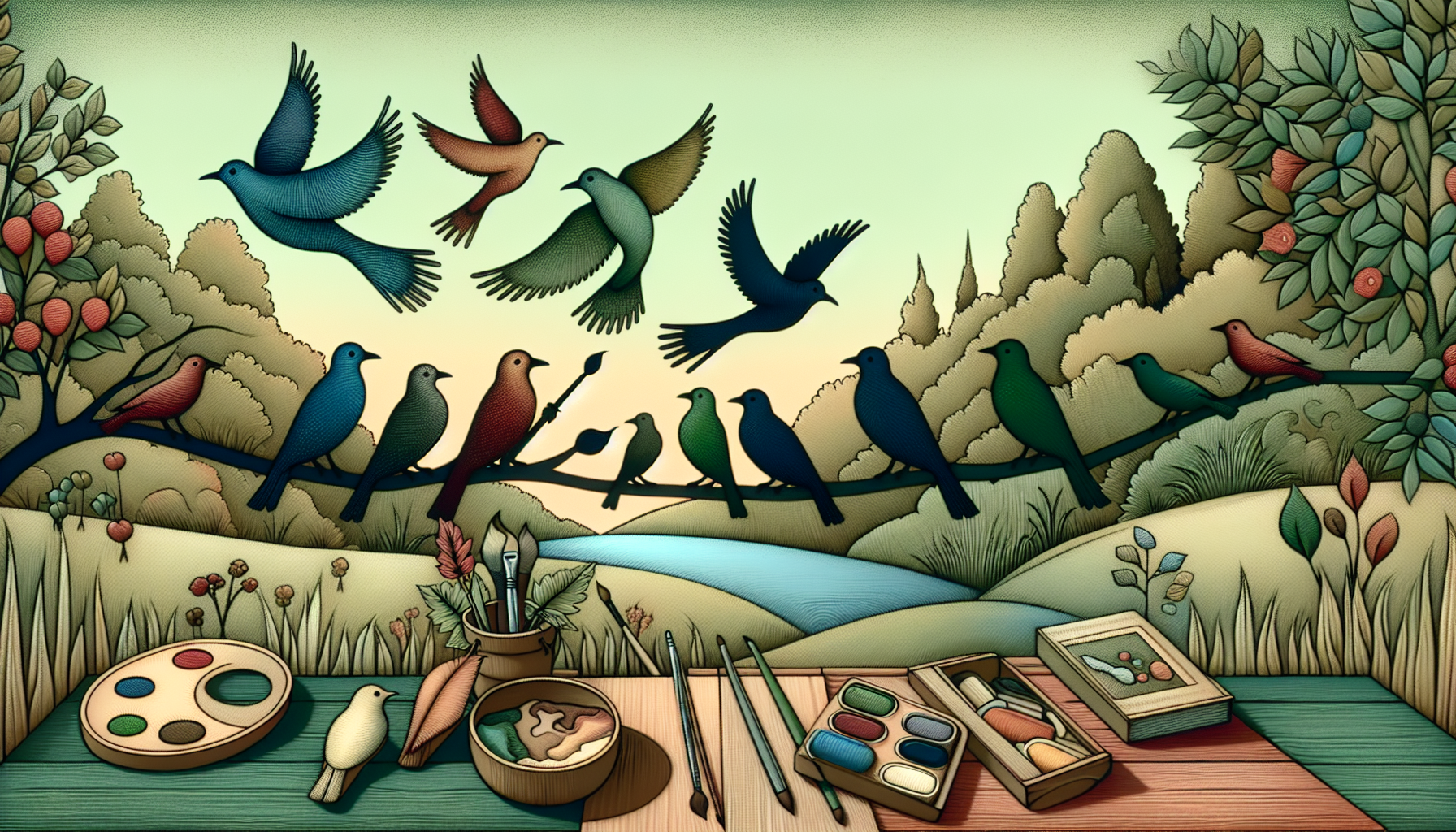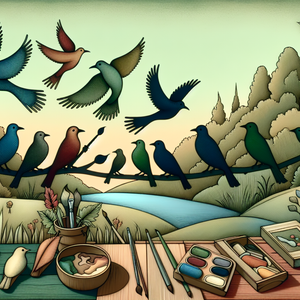The Secret Language of Khaites: How Cultural Heritage Shapes Sustainable Fashion

Khaites, vibrant garments often characterized by their elaborate patterns and rich colors, are more than just textiles; they embody the collective traditions, stories, and identities of the communities that create them. Originating from regions such as North Africa, the Middle East, and Central Asia, these garments feature symbols and motifs that reflect local customs, beliefs, and artistic expressions. Each pattern holds a narrative, functioning as a visual language that connects generations and preserves cultural heritage.
The Intersection of Tradition and Sustainability
As the fashion industry faces the repercussions of fast fashion—characterized by overproduction, waste, and exploitation—the revival of traditional crafts like khait weaving presents a sustainable alternative. By embracing the artistry and techniques of khaites, contemporary brands can craft eco-friendly garments that honor cultural heritage while minimizing their environmental impact.
Case Studies: Brands Embracing Khait Heritage
Several fashion brands are leading the charge in incorporating khait designs into their collections, demonstrating the potential of this cultural heritage to influence sustainable practices. One notable example is Marrakshi Life, a Moroccan-based label that collaborates with local artisans to produce garments reflecting the rich history of Moroccan textiles.
A Call to Action: Embracing Cultural Heritage
Integrating khaites into sustainable fashion practices transcends mere aesthetics; it serves as a call to action for both the industry and consumers. By choosing to wear garments rich in cultural significance, consumers can become advocates for sustainability and ethical practices.
Conclusion: Weaving a Sustainable Future
The secret language of khaites offers a profound opportunity for the fashion industry to reconnect with its roots while addressing pressing environmental concerns. By embracing cultural heritage, designers can create sustainable fashion that honors the past and paves the way for a more responsible future.
As we move forward, the marriage of culture and sustainability in fashion can inspire a new generation of designers and consumers alike, who recognize that the clothes we wear are not just commodities but carriers of stories and identities.
Sustainable Fashion Designer
Marrakshi Life, The Khadi Project, various eco-conscious fashion startups
Core Responsibilities
Develop collections that incorporate sustainable materials and traditional techniques, such as khait weaving, to create eco-friendly garments.
Conduct thorough research on cultural heritage and its application in modern fashion to ensure authenticity and respect for traditions.
Collaborate with artisans and local craftsmen to blend contemporary design with traditional craftsmanship.
Required Skills
Proficiency in design software (e.g., Adobe Illustrator, CAD) and a strong understanding of textile properties.
Knowledge of sustainable practices, natural dyeing methods, and ethical sourcing.
Strong communication skills to effectively liaise with artisans and manufacturers.
Cultural Heritage Consultant for Fashion Brands
Non-profits, cultural institutions, fashion brands
Core Responsibilities
Advise fashion companies on integrating cultural heritage into their branding and product development processes.
Conduct workshops and training sessions for designers on the significance of traditional crafts, focusing on techniques like khait weaving.
Review collections for cultural sensitivity and authenticity, ensuring that designs respect and celebrate their origins.
Required Skills
In-depth knowledge of cultural textiles and their histories, particularly those relevant to regions producing khaites.
Strong analytical skills to assess designs against cultural narratives and ethical implications.
Excellent presentation and communication skills for engaging diverse audiences.
Textile Conservation Specialist
Museums, cultural heritage organizations, academic institutions
Core Responsibilities
Preserve and restore traditional textiles, ensuring that techniques like khait weaving are maintained for future generations.
Conduct research on historical textile practices to inform restoration methods and educational programs.
Collaborate with museums and cultural heritage organizations to display and promote traditional textiles.
Required Skills
Expertise in textile conservation techniques, including cleaning, repairing, and documenting fabric artifacts.
Strong knowledge of materials science as it pertains to textile preservation.
Ability to work meticulously and with attention to detail, often on delicate items.
Ethical Supply Chain Manager in Fashion
Fashion brands committed to ethical practices, sustainability consultancies, NGOs
Core Responsibilities
Develop and implement strategies to ensure ethical sourcing of materials and fair labor practices in garment production.
Collaborate with suppliers and artisans to verify compliance with sustainability and ethical standards.
Monitor the supply chain for environmental impact, focusing on reducing waste and promoting responsible practices.
Required Skills
Strong understanding of supply chain management principles and sustainable sourcing practices.
Experience with auditing supply chains for ethical compliance and sustainability metrics.
Excellent negotiation and interpersonal skills to build relationships with suppliers and artisans.
Fashion Trend Research Analyst
Market research firms, fashion brands, trend forecasting agencies
Core Responsibilities
Analyze market trends and consumer preferences to identify opportunities for integrating cultural heritage into fashion collections.
Conduct surveys and focus groups to gather insights into consumer attitudes towards sustainable fashion and cultural narratives.
Present findings to design teams and marketing departments to inform product development and branding strategies.
Required Skills
Strong analytical and research skills, with proficiency in data analysis tools (e.g., Excel, SPSS).
Ability to interpret complex data and translate it into actionable insights for designers and marketers.
Excellent communication skills for writing reports and presenting findings effectively.


